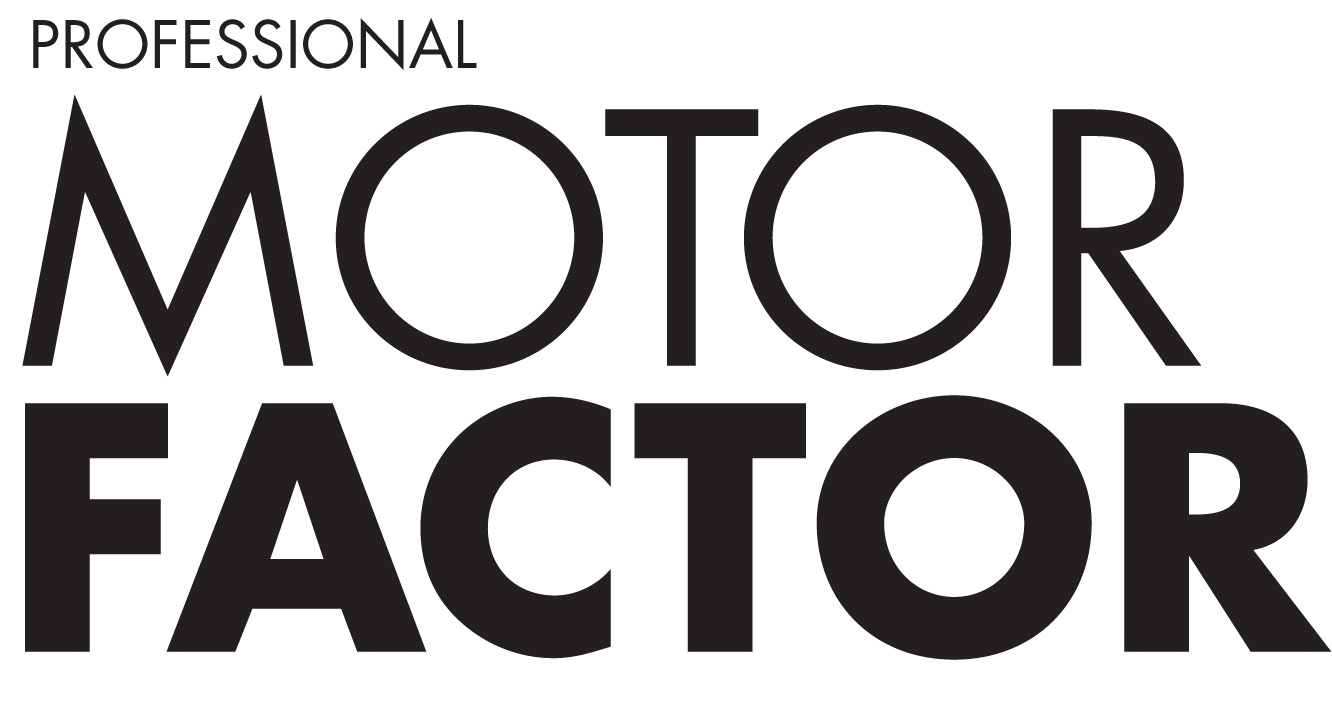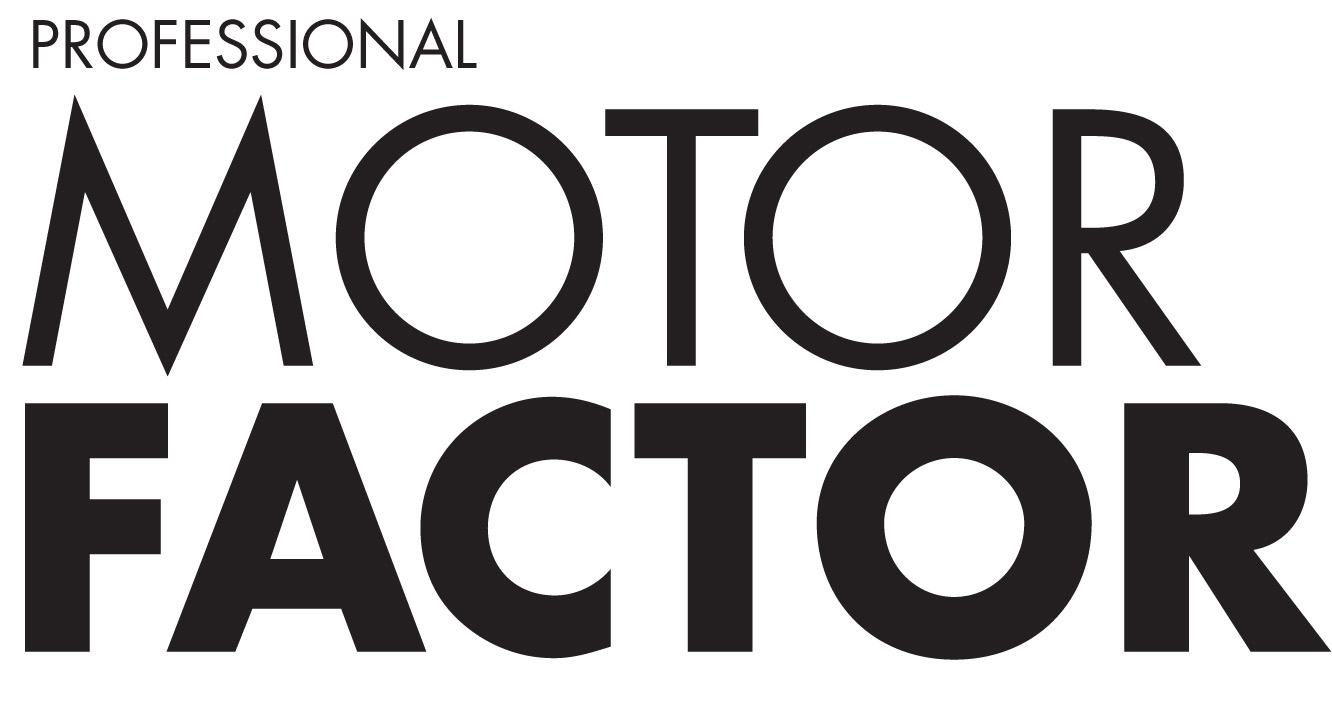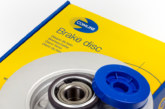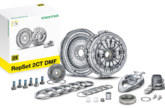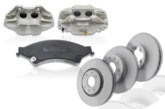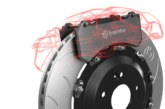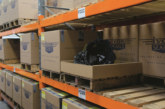Sharpen your filter knowledge
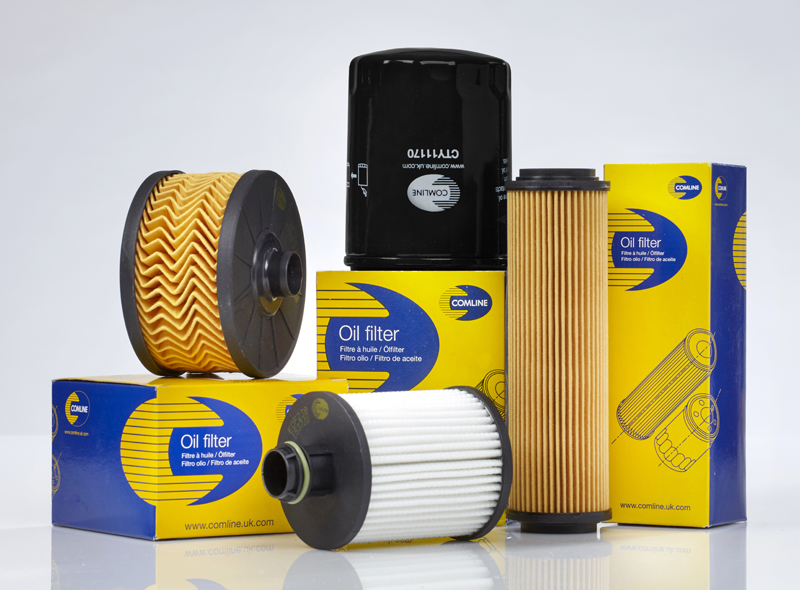
Strengthening your technical knowledge will allow you to better support your workshop customers when it comes to spin-on oil filters, according to Comline. Furthermore, it should avoid needless, frustrating returns.
Still the most commonly used oil filter type in passenger vehicles, spin-on oil filters remove contaminants from the engine oil to ensure it runs smoothly and reliably. It can also help extend the engine’s lifespan. These filters – cylindrical metal canisters housing an internal filter element – screw directly onto the engine block.
What’s inside a spin-on oil filter?
As straightforward as the design may look, there are several built-in features that are essential to this filter’s performance, especially during cold starts and long service intervals, as Comline Group Product Manager for Filtration, Matthew Stanley, explained:
Anti-drainback: Found on the ‘dirty side’ of the filter, this valve prevents oil from draining back into the engine when it is switched off. This valve is particularly important for applications where the filter is installed on the side or top of the engine. Without it, oil would simply flow out of the filter and leave the engine unprotected at start-up.
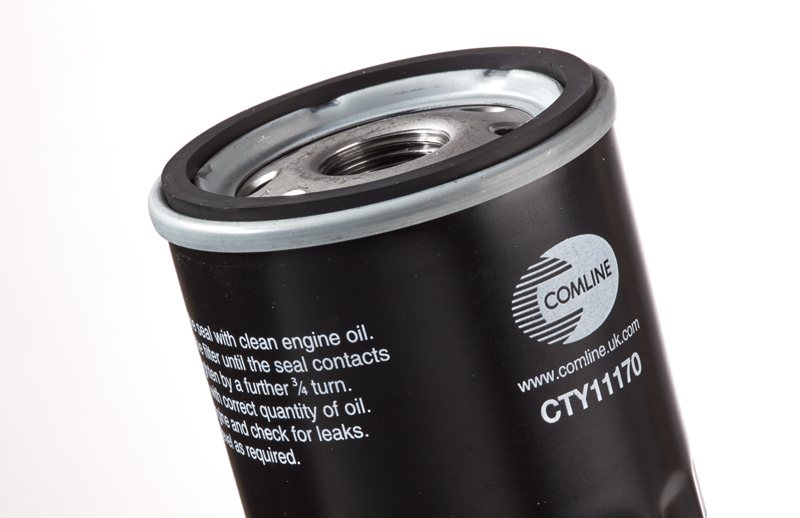
Bypass: Acting as a safety feature, the bypass valve comes into play when a filter becomes blocked – whether that’s due to dense oil from cold starts or a delayed filter change. When clogging occurs, pressure builds up on the dirty side of the filter. This prompts the bypass valve to open and unfiltered oil to flow, which is preferable to starving the engine of oil altogether. Without it, the engine would be exposed to potential failure.
Anti-syphon: Located on the ‘clean side’ of the filter, this valve stops clean oil from flowing back into the engine when it is switched off. This valve also retains a small ‘reservoir’ of oil inside the filter, which means quicker lubrication after ignition. By maintaining this reservoir, the engine wear during start-up is significantly reduced, which increases the protection of critical components.
In addition to these three valves, Comline’s filters incorporate several other design features, including perforated centre tubes to help oil flow, robust housings and nitrile butadiene rubber (NBR) gaskets for flexibility and durability in harsh conditions. According to Comline, these characteristics mean that its filtration range meets OE-matching standards. Couple this with the brand’s “value promise”, Comline is confident its filters are a “compelling proposition”.

How to avoid common pitfalls
By relaying the following tips to workshop technicians, you can help them avoid mistakes, repeat work, warranty issues and engine damage – all of which build trust and loyalty in both parts supply and the motorists expecting their car to be returned roadworthy and reliable over the interval period:
Overtightening: Filters should generally be hand-tightened. Once the gasket contacts the mounting surface, an additional quarter-turn is sufficient. Using a tool to tighten can risk damaging the filter, stripping threads, and causing corrosion from compromised coatings. However, if the manufacturer provides specific instructions or requires the use of a special tool to tighten the filter to a designated torque, those guidelines should be followed.
Cross-threading: If the filter isn’t correctly aligned during installation, crossthreading can happen. This leads to poor sealing and potential leaks. Worse still, it can complicate removal at the next service. Comline recommends careful alignment and threading by hand to ensure a secure fit.
Always lubricate the gasket: A small amount of clean engine oil on the gasket ensures a secure seal and easier removal at the next change. It only takes a fingertip’s worth of oil to make a difference.
Not only can you use this information over the counter or on the phone, but you can also download technical bulletins – from Comline’s website – that can be absorbed or shared with customers. Not only does the portal contain filtration content, but technical information extracted from Comline’s other product categories.
